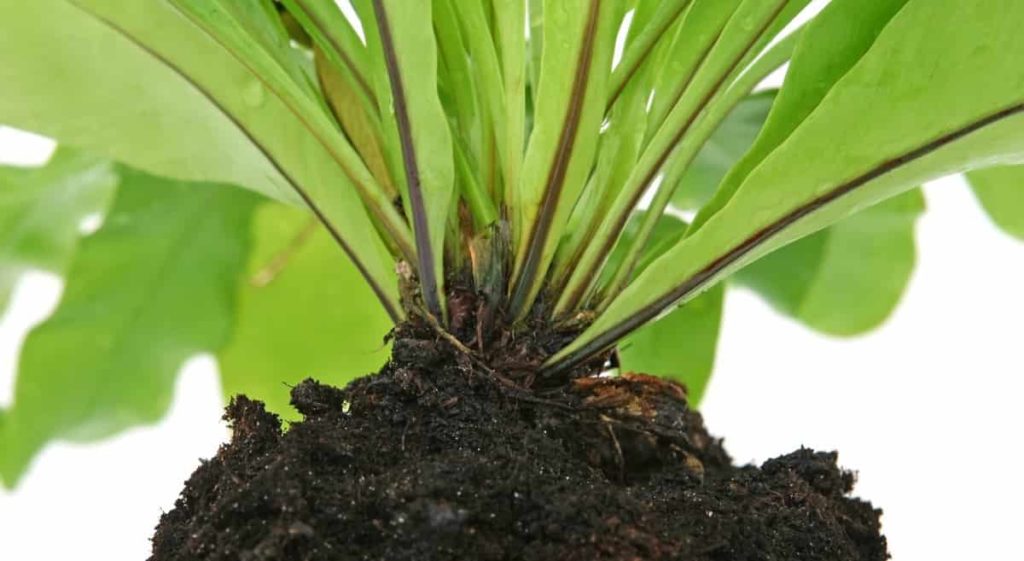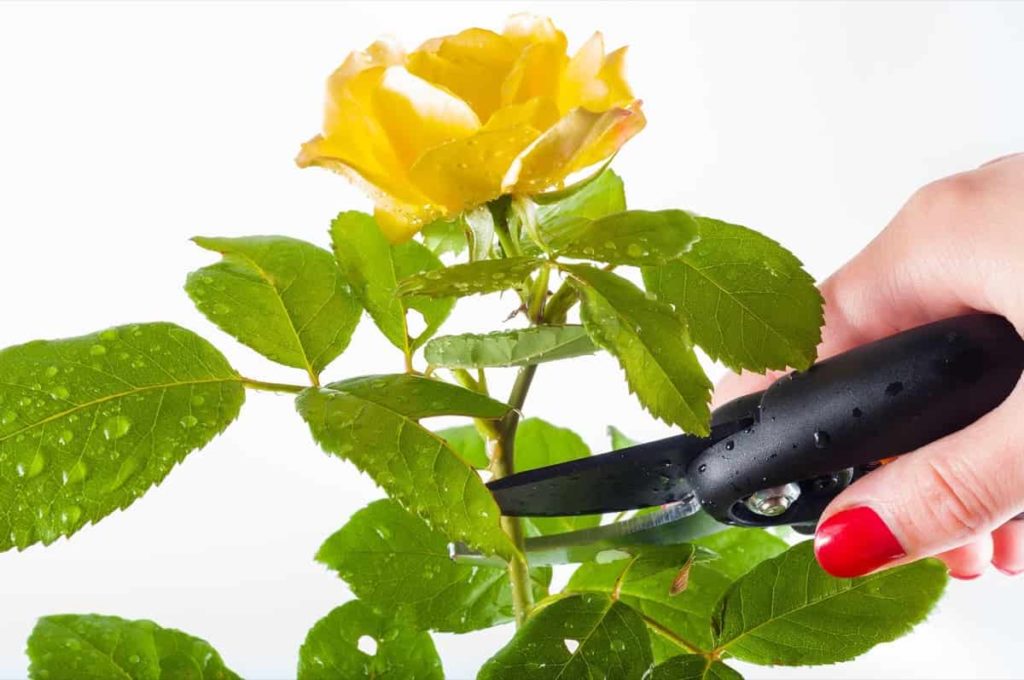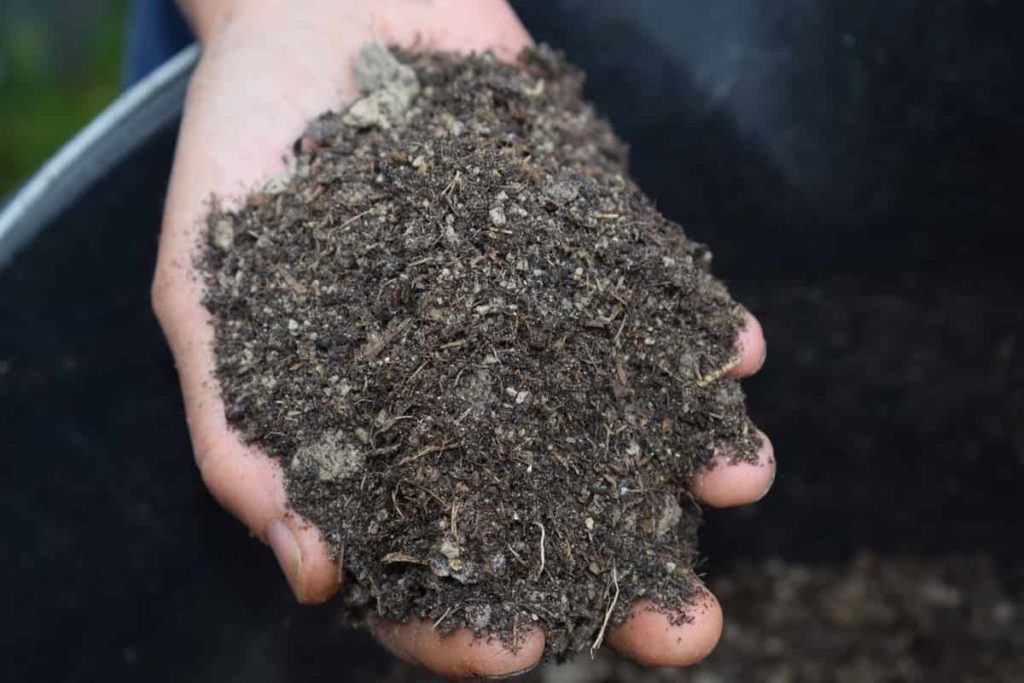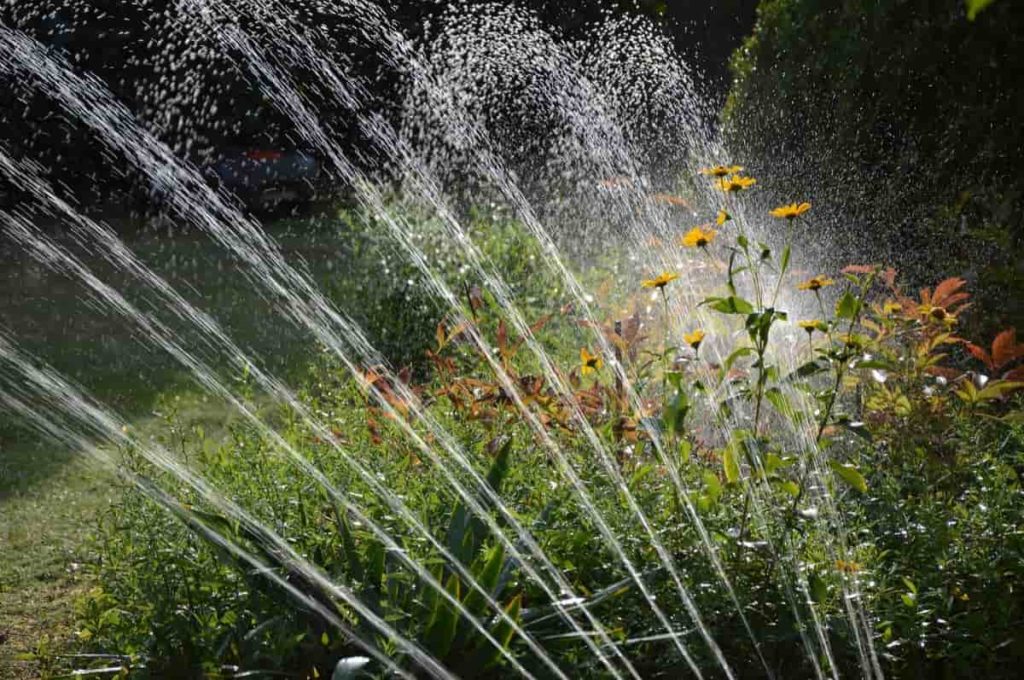You’ve been busy taking care of your plants and generally transforming your garden into a lovely and pleasant environment that you appreciate. Everything is looking great as a result of your attentive care, but you’re planning a trip and, although you’re happy to go away, you’re also concerned about how it will impact your lovely plants.

Take a long, deep breath. This is something we’ve all experienced. You may finally take a trip when your flowers, tomatoes, and squash are bursting with life when the weather has become hot and dry and they want your attention the most. You’re a good plant parent who wants to ensure that your plants are well cared for, but you don’t have to be at home all summer. Let’s check out how to care your plants while you are on vacation below.
How to care your plants while you are on vacation
Adjusting the light and temperature
The more sunshine your plant gets, the thirstier it becomes over time. This is due to a number of factors, the most important of which is that plants use the most water during a process known as transpiration, and the rate of transpiration is based on and rises with, the quantity of sunlight received by the plant. As a result, the more sunlight your plant receives the more amount of water it will require.
To keep your plants from withering due to a lack of water while you’re gone, move them a little far away from their natural source of light. Place flowers in the center of the room to prevent the light and heat from the windows from drying them out as quickly as normal. When you come back, you can replace your plants in their original location.
In case you miss this: House Plants Care, Tips, Ideas, and Techniques

A smart way to tell is to question yourself how frequently you will water the plant— if that’s every week, you should reposition it. There’s no need to relocate if it’s every other week owing to reduced light levels. And, whether you’re at home or away, never leave an air conditioner or heater running on or near a houseplant. Air conditioners and heaters tend to deprive your interior environment of the humidity that most tropical plants require.
A smart way to tell is to question yourself how frequently you will water the plant— if that’s every week, you should reposition it. There’s no need to relocate if it’s every other week owing to reduced light levels. And, whether you’re at home or away, never leave an air conditioner or heater running on or near a houseplant. Air conditioners and heaters tend to deprive your interior environment of the humidity that most tropical plants require.
You must water your plants before leaving
The main issue is maintaining the plants properly hydrated while on vacation. Everyone believes that watering your outdoor and indoor plants thoroughly before leaving is important. If you are just going to be gone for a week or less, thoroughly watering your plants before you go will suffice. This is especially the case in the winter when plant development decreases, as well as some plants, even become dormant.
Make certain that you only water plants of dry or largely dry potting soil. Allow any extra water to drain from your potted plant before leaving so that the potting soil is wet but your plants are not lying in a saucer of water, which might attract pests or cause root rot. It should be noted that this is only required for plants that require water once a week.
In case you miss this: Plant Care Tips, Ideas, and Techniques

Group outdoor plants together
You can group your outdoor plants together for a couple of extra days before they need to be watered. Even plants that love the sun can endure shade for roughly a week. Groupings also aid in the reduction of evaporation and transpiration, which are influenced by humidity, temperature, and light levels. So they’ll be able to go longer without water if they’re in the shade.
Prune away your plants
You may cut off any dead, withering, or unhealthy-looking leaves, as well as any buds and blooms, which normally require more regular watering to keep healthy. The advice given above is generally applicable to tropical foliage plants. Drought-tolerant plants, such as succulents, may last for months without being watered, especially if kept out of direct sunlight. Drought-tolerant plants are ideal if you are a frequent traveler.
In case you miss this: Indoor Bamboo Plant Care – Tips, Ideas, Secrets

Use plastic bag greenhouse method
This strategy seems odd, yet it works very well longer holidays. Obtain a transparent plastic bag which should be enough to cover both the plant and its container. To keep the bag from sticking to the plants, add stakes as a support to the container. Some argue that the bag should not come into contact with the leaves at all, yet a small amount of contact is OK.
Water your plants, as usual, taking care not to overwater them. Insert the plant inside the bag, tugging the bag up and around it. Blow some air into the bag before sealing it to help it inflate around your plant. It’s merely extra protection against the bag pressing up against the leaves. Place your plant in a place that receives indirect light. Water will be absorbed when it evaporates and dripped back into the plant by this small greenhouse.
Mulch your plants
Mulching indoor plants with layers of wet peat moss can act as an insulator, reducing the quantity of water required by the plant. It can keep the soil moist for a few weeks. If you have a problem with animals romping through your garden, place a pinecone covering over the mulch to prevent them from digging up the soil. This also aids in the preservation of soil moisture.
In case you miss this: Importance of Mulch in Your Garden: Ideas, Tips, and Techniques

Use different types of self-watering techniques
Water wicking method
You need to have a large water container and some cotton rope for this. Cotton clothesline, which can be found at most garden centers, works wonderfully. Cut the cotton rope to a length that can fit between the bottom of the water container and into the soil of the plant. Push the end of the rope a few inches below the soil’s surface, near to the plant. Ensure you are not damaging the roots. Place the other end at the bottom of the water container and now fill it with water. Ensure that the rope touches the bottom of the water container.
Water wicking metahod
This is the simplest and most successful way. It is suitable for a wide range of potted plants, both indoors and outdoors. String cotton string through the planter’s drain holes and set it in a larger container that is partially filled with water. The objective is to nest the smaller planter inside the taller planter. It’s best to choose one that’s the same width as the other but deeper. You might hang the planter over water using glass vases or just nest a planter with holes within a planter without holes.
If you can’t locate one with a rim wide enough to allow it to be suspended in the larger planter, use something to raise it up high enough. This is best for moist-loving indoor and outdoor plants. This is suitable for most medium-sized plants throughout the long run. Sometimes larger plants might not wick enough water using this approach with a tiny rope. Increase the rope size for larger plants, and keep an eye on it to make sure it’s operating well. Avoid doing this with plants that are prone to root rot or require dry or sandy soil.
Drip watering system
Begin with a clean, empty plastic bottle. A water bottle will suffice for a small to the medium-sized container. At the top of the bottle, make holes. Water your plant as usual before you leave on vacation. Fill the plastic bottle halfway with water, then swiftly flip it over and push it into the pot’s initial few inches of dirt. Check that the bottle is not too near to your plant and that it is deep enough into the soil to cover the holes.
Use self-watering planters and garden beds
Gardens can be constructed such that they “self-water.” Sub-irrigation methods could be used to keep your plants hydrated from below, and a similar practice can be used for in-ground gardening. This is especially useful if you are a low-maintenance gardener looking for a high-yielding crop. This takes some work at first but once completed, you’ll never have to worry about it again.
Using terrarium method
Some tropical plants need moisture and require a terrarium-like atmosphere to grow while you are away. Simply place your plant in a large transparent garbage bag that has been doubled up, water it thoroughly, and then knot the bag around the plant. Poke a number of holes towards the top of the bag to allow it to breathe, and you’ve got yourself a DIY terrarium. A more attractive option is a bell jar large enough to cover the plant and a saucer filled with an inch or two of water for the plant to soak from the bottom.
Keep these “terrariums” away from direct sunshine or you’ll wind up roasting your plants. To avoid water leaks, set them on top of an aluminum baking sheet or anything to catch extra water. This procedure works well for indoor plants that thrive in moist environments and in tropical climates.
Use self-watering bulbs
These adorable tiny bulbs slowly drop water to keep the soil moist. Fill the bulb halfway with water, cover the mouth with a little piece of a coffee filter, create a small hole in the soil and it should be away from any big roots, and swiftly insert the long spout.
Ensure the spout is deep enough in the soil to allow water to reach the root ball while not releasing all of the water too rapidly. These are ideal for small to medium-sized potted plants, but you can repeat the technique using a wine bottle for larger plants and trees. Remember to maintain a saucer or drip tray beneath to prevent water damage.
Using a tub of water
In a long shallow container put potted plants that have holes beneath them. An even better technique is to use a sink or bathtub in your house that receives high indirect sunlight. Just add some water till a couple of inches that is enough to withstand evaporation and still have water that’s enough for your plants while you are gone.
Standing water will attract bugs and flies; if you won’t be back for more than a few weeks, spray a mold and insect repellant over your tub of water. Purchase a natural plant-friendly one from the supermarket, or make your own by combining 1 tablespoon of 3 percent hydrogen peroxide with 1 cup of water and 3 drops of Dawn dish detergent.
Take the benefit of technology
Timers, which start and stop sprinklers, soaker hoses, or sprinklers on a schedule, may save you a lot of trouble while you’re away. If you only need to water one area, set a timer when you leave and you’re done. You can relocate your potted plants to a spot that is accessible to a sprinkler so that they may benefit from scheduled watering as well. If you have a huge garden, you may need a person to connect your hose to various spots, but your buddy will be much happy than if you required them to hand water everything every day.
In case you miss this: Summer Watering Guide: For Vegetables, Flowers, and Herbs

Make sure whoever is assisting you with your system is knowledgeable with it so they know how to operate the timer and how to cut off the water if anything out of the usual occurs. Double-check all of your connections and batteries before you go so you can relax on your holiday as you are plants are getting watered regularly. The thermostat’s technology is extremely beneficial to indoor plants. In the summer, you can put your indoor plants into the comfort of the bathtub or shower, where they get a soak and a spray of cool water to keep them moist.
Appointing a plant sitter can be helpful
If your trip is going to take a long time, bring out all of your indoor plants and place them by your front door or another accessible area. When you are away, ask a friend, neighbor, gardener, housekeeper, or apartment staff to water your plants.
Reconsider your plant choices if you are a frequent traveler
If you travel frequently, it may be time to reconsider your plant selection. If you travel frequently, it is best to avoid high-maintenance plants because they will struggle to survive. Snake plants and ZZ plants are two examples of such plants. Ponytail palms and yuccas are also excellent alternatives for home plants for folks who travel frequently because they are low-maintenance and need minimal upkeep. Grow low-maintenance plants like ZZs, Chinese evergreens, pothos, sansevierias, and peperomias if you travel frequently.
- Broccoli Seed Germination and Selection
- Asparagus Seed Germination and Variety Selection
- Seasonal Flower Gardening: Best Practices for Spring, Summer, Fall, and Winter
- How to Grow Hibiscus from Flower
- Plantation Ideas for Home Decoration: A Beginners Guide
- Flower Garden Designs and Layouts for Beginners
- Planting and Spacing Techniques in Papaya: A Beginner’s Guide
- Growing Gold: Essential Techniques for Planting Pineapples
- How to Make Kalanchoe Plant Bushy: Home Remedies and Solutions
- 11 Reasons Why Your Gardenia is Not Blooming: Home Remedies and Solutions
- Eco Elegance: The Guide to Designing a Drought-Tolerant Landscape
- Gardening on a Slope: Strategies for Hillside Landscaping
- Nourish and Flourish: Top Organic Mulches for Thriving House Plants
- Everything You Want to Know about Indian Mogra Flower: Discover Uses and Growing
- Green Thumb Success: Expert Tips for Cultivating Greenhouse Pumpkins All Year Round
- Maximize Growth & Flavor: The Ultimate Guide to Companion Planting in Herb Gardens
- How to Control Rhododendron Problems Naturally: Home Remedies and Organic Ways to Fix Them
- Natural Magic: The Remarkable Benefits of Cinnamon for Plants
- Best Steps to Revive Dying Tulip with Natural and Organic Treatment
- 10 Reasons Why Your Angel Trumpet is Not Blooming: Remedies and Treatment
- How to Fix Periwinkle Leaf and Flower-Related Problems: Natural Remedies and Solutions
- How to Fix Zinnias Leaf and Flower Problems: Discover Natural and Home Remedies
- Organic Steps to Induce Lemon Tree Flowers: A Comprehensive Guide
- Bloom Booster: Crafting the Perfect Homemade Bougainvillea Fertilizer
- Optimizing Growth: A Guide to Applying NPK Fertilizer for Potted Plants
- 10 Best Homemade Fertilizers for Rubber Plant: DIY Recipes and Application Method
- How to Boost Female Pumpkin Flowers: Effective Steps for More Flowers and High Yields
- Transform Your Indoor Garden: Top Benefits of Pink Salt for Houseplants
- 10 Best Homemade Fertilizers for Peacock Plants (Calathea): Easy DIY Guide
- Unlock Blooms: 9 Reasons Why Your Potted Chrysanthemum is Not Blooming
- 8 Reasons Why Your Potted Hibiscus is Not Blooming: Fix it with Simple Solutions
- Unlock Blooms: 9 Key Reasons Your Potted Frangipani Won’t Flower
- 10 Reasons Why Is My Ice Plant Not Blooming: Remedies and Treatment
- 10 Reasons Why My Potted Hydrangea Not Blooming: Treatment and Remedies
- 10 Reasons Why is My Wisteria Not Blooming: Remedies and Treatment
- 10 Reasons Why is My Goldfish Plant Not Blooming: Remedies and Treatment